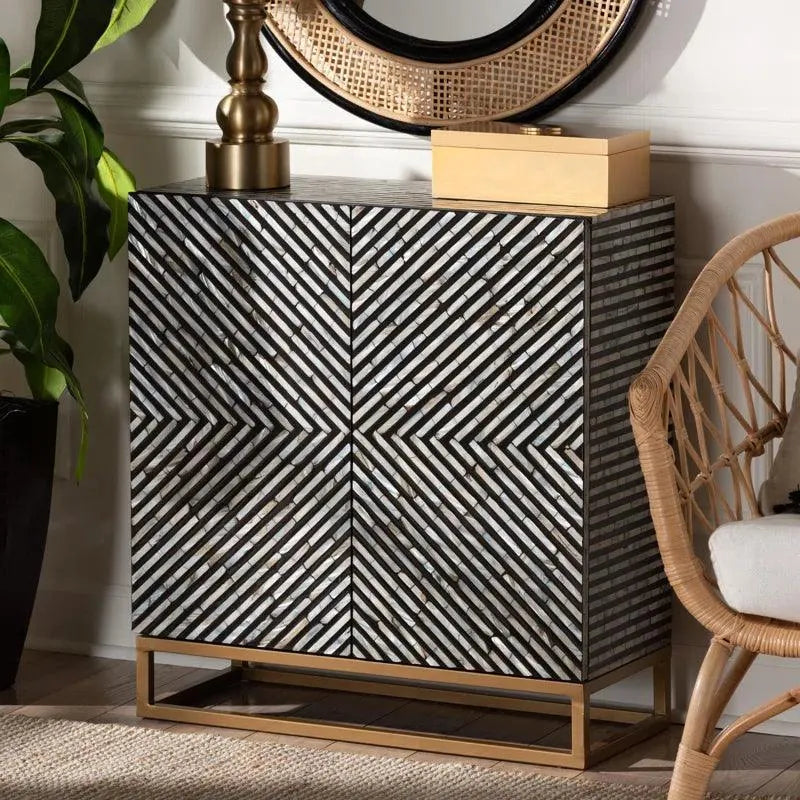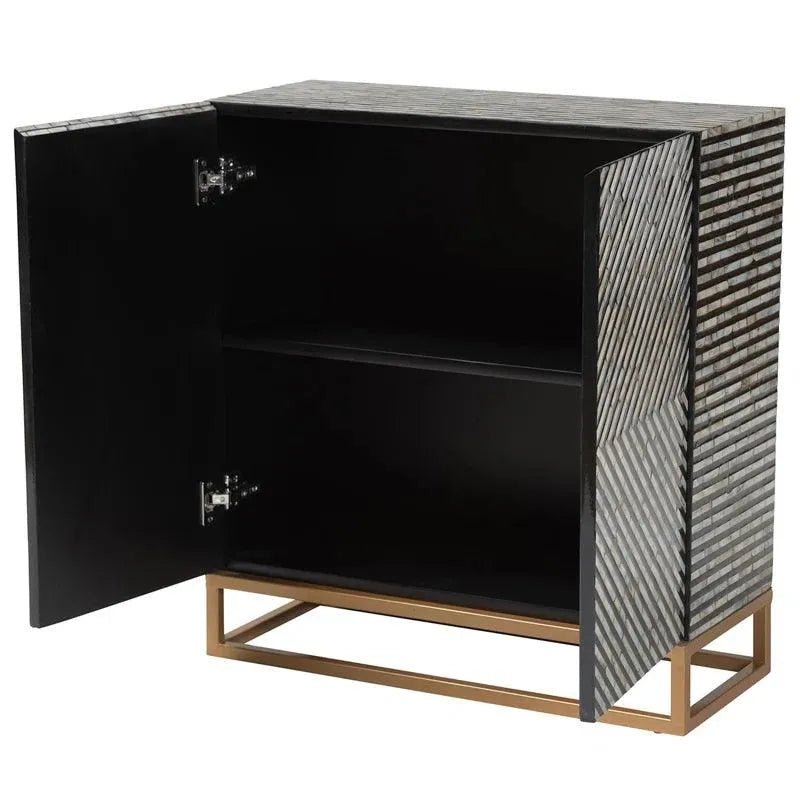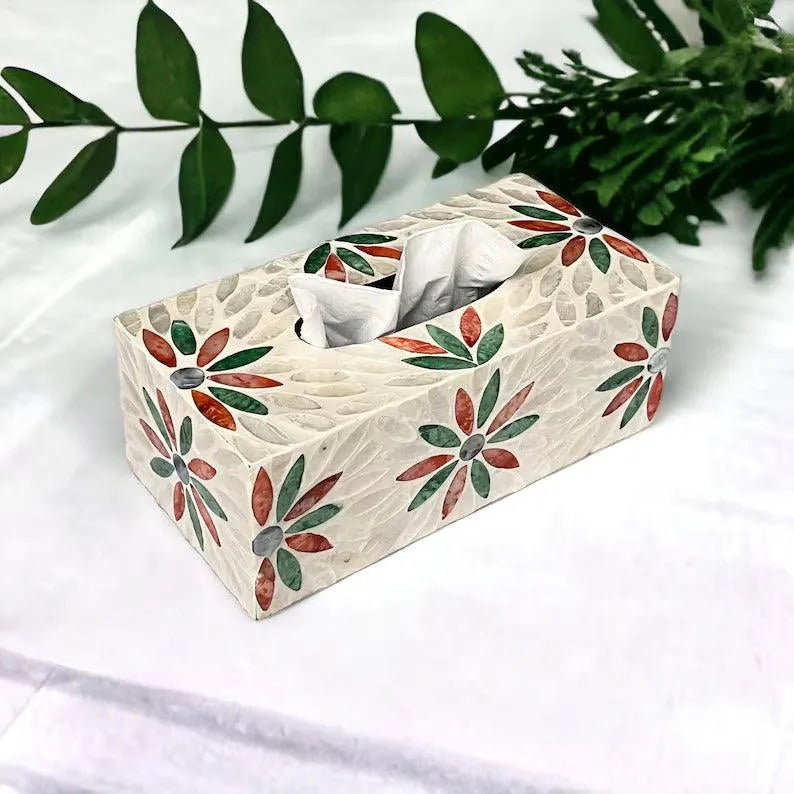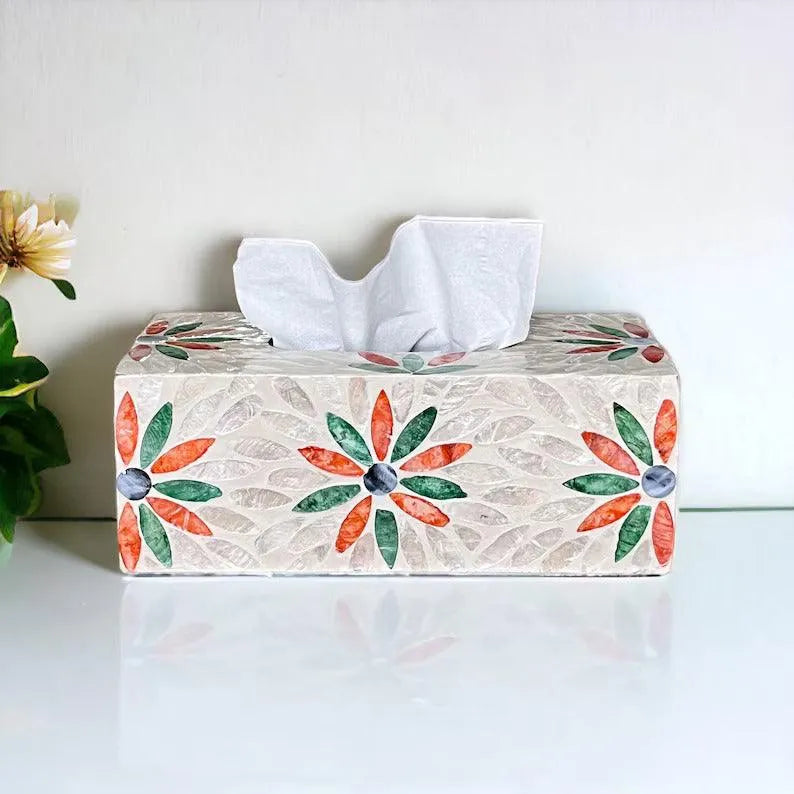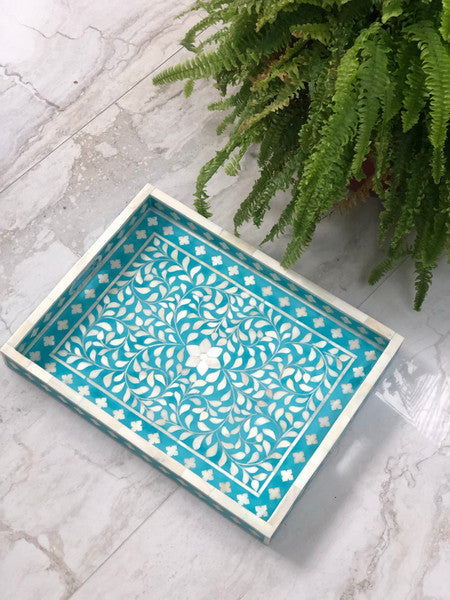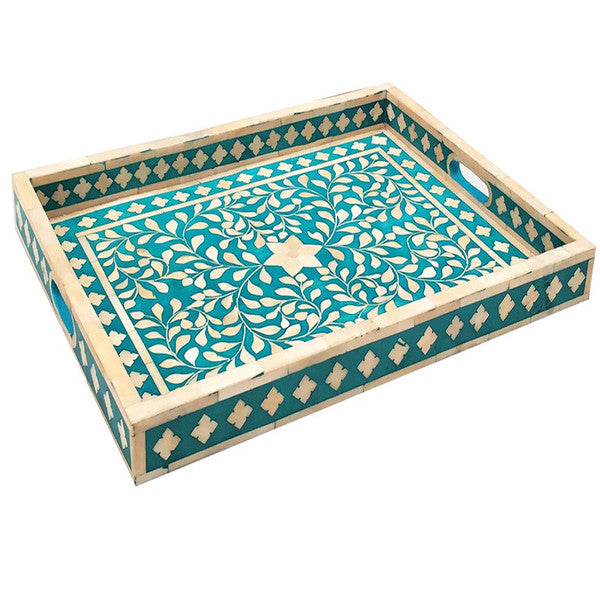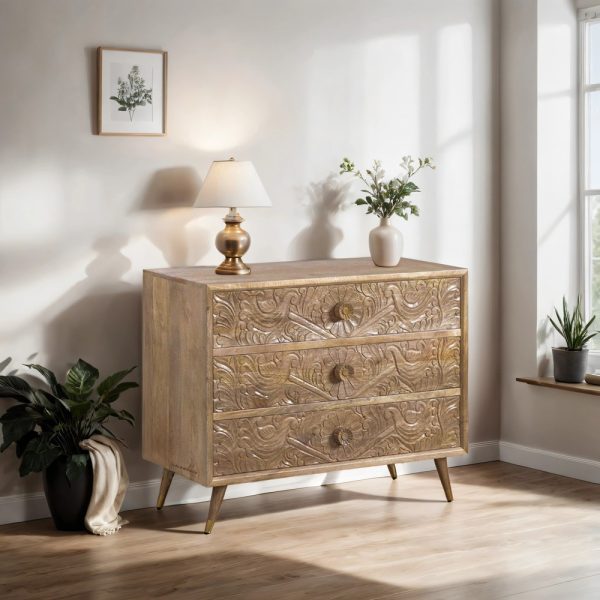Sheesham Wood vs Teak Wood: Pros, Cons, and Key Differences

Choosing the right wood for your furniture can be daunting, especially when it comes to Sheesham wood vs. teak wood—two of the most popular choices. Both have distinct advantages, but which is best for your needs?
Sheesham wood and teak wood look similar in some aspects, but they are still very different, and choosing between the two can be challenging.
In case we haven’t met, I’m Bhavana Prakash Menon, with over a decade of experience in e-commerce and interior design. Over the past three years, I’ve been running my own furniture business, which has given me in-depth knowledge of various wood types, their differences, and their applications.
In this post, I will walk you through the key differences between teak wood and Sheesham wood, such as their appearance, maintenance, and durability, to help you make an informed decision about which hardwood is best for your furniture.
Key Takeaways
-
Teak and sheesham wood are both popular for creating furniture. Nevertheless, differences are prominent in durability, appearance, and origin.
-
Teakwood is widely regarded as the best choice for outdoor furniture due to its natural oils and resistance to decay. On the other hand, Sheesham wood is more commonly used for indoor furniture, though it can be used outdoors if properly treated.
-
Teakwood outperforms Sheesham wood in durability and weather resistance. It endures harsh weather well. However, in terms of affordability, Sheesham wood scores in Teak wood vs Sheesham wood comparison.
Overview of Sheesham wood

Image Source: Sriramgroups
Sheesham wood, also known as Indian Rosewood, is native to the Indian subcontinent. It is known for its durability, strength, and unique grain pattern, making it a great choice as a base for bone inlay furniture.
The colour of Sheesham wood is typically rich and dark, but not always so. In many cases, its colour varies from light golden brown to deep brown. The wood's grain can be straight or slightly interlocked, giving it a visually appealing texture.
Sheesham wood is often considered an affordable alternative to teak. However, it is different from teak wood on the account of not being as resistant to insects and water.
One of Sheesham wood’s biggest advantages is its affordability, making it a popular alternative to teak. It is naturally resistant to termites and fungi, though not completely immune.
However, compared to teak wood, Sheesham wood is more prone to scratches and tends to darken over time.
Overview of Teak wood

Image Source: Redbubble
Teak is one of the most sought-after tropical hardwoods worldwide, known for its exceptional durability and resistance to water and insects.
Thanks to its high natural oil content, teak repels moisture and significantly slows down decay, making it a top choice for boats and outdoor furniture.
Beyond its strength, teak is also prized for its rich golden-brown hue and smooth finish. The wood’s straight to slightly wavy grain enhances its visual appeal, while its naturally high oil content gives it a lustrous finish.
Another advantage of teak is its low-maintenance nature—even with minimal upkeep, it can last for decades.
Sustainably sourced teak from managed plantations is considered an eco-friendly option, as it requires little chemical treatment and has a long lifespan, reducing environmental impact.
When we take a look at the cons associated with teak wood, the top among them is its high pricing, making it a premium choice.
Additionally, while high-quality teak is resistant to warping and cracking, lower-grade or improperly dried teak may develop surface cracks over time.
Sheesham wood vs Teak wood: Pros and cons for making furniture
Sheesham Wood
Pros of Sheesham wood |
Cons of Sheesham wood |
|
Sturdiness and durability are among the top pros of Sheesham wood furniture. Its resistance to decay and termites is exceptional. |
If sheesham wood is not properly seasoned and treated, it becomes vulnerable to warping and cracking. |
|
Sheesham wood looks brilliant and it's just like art in motion. The grain pattern is distinctive and the wood is available in a range of colors that radiate warmth. |
Sheesham wood may contain knots that impact its appearance, but regular polishing helps maintain its shine. |
|
Sheesham wood is much more affordable than premium hardwoods such as teak. |
|
Teak Wood
Pros of Teak wood |
Cons of Teak wood |
|
Teak wood has high resistance to pests, decay, and moisture, making it one of the most long-lasting hardwoods. |
Teak wood is significantly more expensive than Sheesham wood, making affordability a concern for many buyers. |
|
Its natural golden brown hue deepens over time, enhancing its beauty. |
Due to its high density, teak wood can be challenging to cut, shape, and craft. |
|
Thanks to its weather-resistant properties, teak wood is a top choice for outdoor furniture. |
With stringent regulations on teak logging in the light of eco-friendliness, the availability of teak wood is a concern. |
|
Teak wood is easy to clean and requires minimal upkeep to maintain its appearance. |
|
Sheesham wood vs Teak wood: Key differences
Teak wood vs Sheesham wood: Appearance

Image Source: Houzz
Teak Wood |
Sheesham Wood |
|
Has a more refined and polished look. |
Typically available in reddish-brown hues, with darker streaks also found. |
|
Features a unique grain pattern with varied textures. |
Showcases an interlocking grain pattern, giving it a distinct and attractive appearance—hence giving it the name Indian Rosewood. |
|
The presence of natural oils makes it resistant to pests, rot, and water. |
Has a smooth texture with a polished finish. |
It’s hard to deny that both teak wood and Sheesham wood are beautiful in their own unique ways. Teak wood’s light golden-brown colour, consistent grain pattern, and smooth texture create a refined and luxurious appearance.
On the other hand, Sheesham wood has a more natural and rustic charm, with a pronounced grain pattern and a rich reddish-brown hue. This also makes it a great choice for statement furniture pieces like wooden sideboards and cabinets.
Ultimately, your personal preference plays a key role in choosing the right wood for your needs.
Teakwood is the default choice if you seek something elegant and long-lasting. However, if uniqueness and a natural look fascinate you, Sheesham wood is likely to work the best for you.
Teak wood vs Sheesham wood: Strength and Durability
 Image Source: Woodenstreet
Image Source: Woodenstreet
Teak Wood |
Sheesham Wood |
|
Teak wood is exceptionally strong and durable. |
Sheesham wood is also quite durable. |
|
It can withstand extreme weather conditions due to its high moisture resistance, making it ideal for both indoor and outdoor furniture. |
While its moisture resistance is lower than that of teak, it remains a long-lasting option for indoor furniture, such as side tables, dining tables, and coffee tables. |
|
Teak wood is associated with great longevity, as it is resistant to decay, warping, and cracks. |
With its ability to resist everyday wear and tear, Sheesham wood is an excellent choice for creating indoor furniture. |
Both Sheesham and Teak are high performers in terms of durability. However, differences arise in their resistance to wear and tear.
Teak wood is a dense hardwood primarily grown in Southeast Asia. It is renowned for its exceptional durability, as natural oils make it resistant to decay, rot, and moisture. These properties make teakwood an ideal choice for both indoor and outdoor furniture.
Sheesham wood is also resistant to decay and termites. However, it is not as water resistant as teakwood and calls for proper care to ensure longevity.
Teak wood vs Sheesham wood: Maintenance
 Image Source: Pinterest
Image Source: Pinterest
Teak Wood |
Sheesham Wood |
|
Maintenance requirements are minimal. |
Regular maintenance makes it easier to preserve Sheesham wood’s lustre and safeguard it against moisture damage. |
|
With its high density and natural oils, teak wood is resistant to damage and stains. |
Waxing and polishing prevent cracks in Sheesham wood, allowing it to endure. |
|
Oiling and periodic cleaning are all that it takes to prolong the lifespan and maintain the appearance of teak wood. |
|
Teak wood vs Sheesham wood: Pricing

Teak Wood |
Sheesham Wood |
|
Teak wood is scarcer than other types of wood, which contributes to its higher price. |
The widespread availability of the Sheesham tree makes sheesham wood more affordable. |
Teak wood vs Sheesham wood: Sustainability and Availability

Teak Wood |
Sheesham Wood |
|
Teak wood is well-recognized as an eco-friendly and sustainable choice. |
Sheesham wood is also considered a sustainable hardwood. |
|
It is exclusively grown in plantations dedicated to its production. |
Sourced from sustainable cultivation efforts. |
|
Its limited availability contributes to its higher pricing. |
Sheesham wood is widely available, making it more affordable compared to teak. |
When responsibly sourced, both Sheesham and Teak wood are eco-friendly options.
However, Sheesham wood is often considered more sustainable due to its abundant availability and faster growth rate. In contrast, teak wood grows more slowly and is vulnerable to overharvesting, making sustainable management crucial.
Hence, on the homeowners’ part, it is important to ensure that they source wood only from credible and certified sources.
By doing so, they not only contribute to reducing deforestation but also support responsible forestry practices for both Sheesham and teak wood.
Conclusion
Both teak wood and Sheesham wood are incredibly popular choices for making furniture. However, it’s important to understand the unique characteristics of each before deciding which one best suits your needs.
If you prioritize affordability and a natural look, Sheesham wood is the ideal option. On the other hand, if you’re looking for durability and suitability for outdoor use, teak wood is the better choice.
Frequently Asked Questions (FAQ’s)
Which is better: Teak wood or Sheesham wood?
Teak wood performs significantly better for outdoor furniture due to its superior resistance to moisture and harsh weather conditions. For indoor furniture, both teak and Sheesham wood are suitable, but Sheesham wood may require more maintenance.
Which is more durable: Teak wood or Sheesham wood?
Both teakwood and sheesham wood are sustainable options, but teakwood surpasses sheesham wood in terms of durability. Its close-grain structure makes it resistant to sunlight, moisture, and extreme weather conditions.
While Sheesham wood is also a durable hardwood, it is more prone to dampness and scratches.
How can I maintain Sheesham/Teak wood furniture?
Polishing: Use wood polish or teak oil every few months to maintain the shine and protect against scratches.
Avoid Moisture: Keep Sheesham wood away from high-moisture areas. While teak is more moisture-resistant, avoid excess water exposure.
Protect from Sunlight: Keep furniture out of direct sunlight to prevent fading and cracking.
Use Coasters & Mats: Protect the surface from spills, stains, and scratches by using coasters and placemats.
Waxing/Oiling: Wax Sheesham wood and oil teak wood yearly to keep them smooth and lustrous.
What are the key differences between Teak wood and Sheesham wood?
-
Teak wood is harder than Sheesham wood, making it less workable.
-
Teak wood is the preferred choice for outdoor furniture due to its natural oils, which protect it from moisture.
-
Appearance-wise, Sheesham wood is darker than teak and has a rustic, reddish look.
-
Sheesham wood requires more maintenance over time and is best suited for indoor furniture and cabinetry.
Is Sheesham wood considered to be of good quality?
Yes, Sheesham is a high-quality hardwood. When properly maintained, it creates durable indoor furniture. Its rustic appearance is highly favoured by homeowners.
Is Sheesham wood good for bed?
Yes, Sheesham wood is a great choice for a bed. Its strength, durability, and aesthetic appeal make it a fine choice for creating bed frames. Additionally, Sheesham wood is naturally termite-resistant.
About Bhavana Prakash Menon
I bring over a decade of experience in e-commerce and interior design, including serving as General Manager of a leading interior design firm and working across diverse markets in India, Southeast Asia, and the Middle East. My in-depth understanding of consumer preferences and market trends allows me to curate furniture that blends style, functionality, and personalization seamlessly. Passionate about creating unique and special living spaces, I specialize in helping homeowners in India transform their homes into reflections of their individuality.


